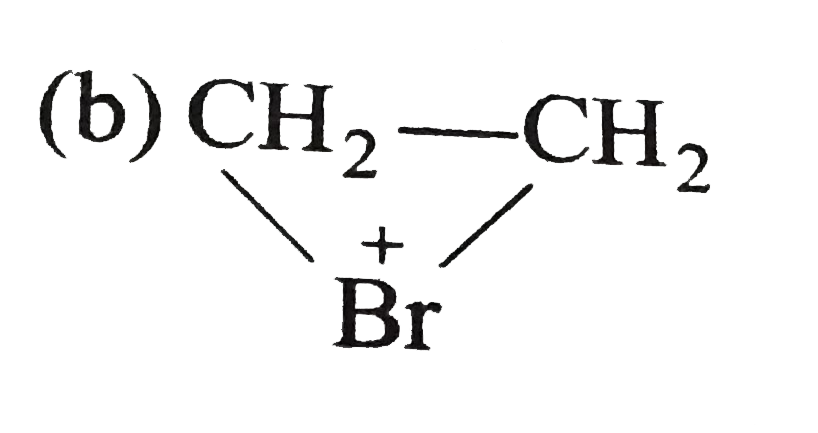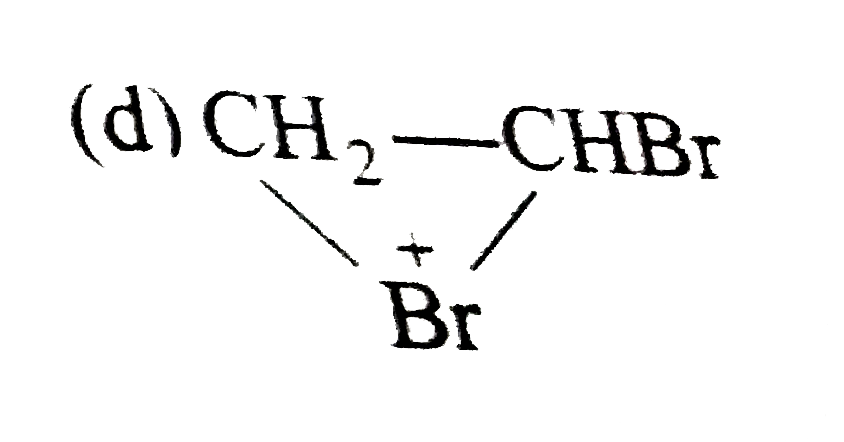A
B
C
D
Text Solution
AI Generated Solution
The correct Answer is:
|
Topper's Solved these Questions
HYDROCARBONS (ALKANE, ALKENE and ALKYNE)
HIMANSHU PANDEY|Exercise Level 2 (Q.1 To Q.25)|24 VideosView PlaylistHYDROCARBONS (ALKANE, ALKENE and ALKYNE)
HIMANSHU PANDEY|Exercise Level 2 (Q.26 To Q.50)|25 VideosView PlaylistHYDROCARBONS (ALKANE, ALKENE and ALKYNE)
HIMANSHU PANDEY|Exercise Subjective Type Problems|10 VideosView Playlist
Similar Questions
Explore conceptually related problems
Knowledge Check
A
B
C
D
Submit
A
B
C
D
Submit
A
B
C
D
Submit
Similar Questions
Explore conceptually related problems
HIMANSHU PANDEY-HYDROCARBONS (ALKANE, ALKENE and ALKYNE)-Level 1 (Q.26 To Q.50)
- Which of the following reaction will lead to creation of two chiral ce...
03:26
|
Play - The reaction of ethylene with Br(2) in water in the presence of NaCI g...
03:39
|
Play - A hydrocarbon C(8)H(14) consumes only one mole of H(2) on catalytic hy...
04:27
|
Play - Dipole moment of which compound will be maximum ?
01:30
|
Play - Correct order of reactivity towards electrophilic additon reactions is...
03:29
|
Play - Rank the following in order of statbility (lower to highest) (I)
03:01
|
Play - The following two compounds are:
02:25
|
Play - Compound (A) on oxidation withg OsO(4)//NaIO(4) gives hexanedial.Struc...
02:17
|
Play - A and B are:
01:57
|
Play - Index of unsaturation (H-deficiency)ofC(8)H(10) is…and if it has a six...
01:50
|
Play - Which of the following yields But-2 ene on dehydration with conc.H(2)S...
03:45
|
Play - An alcohol (a) on dehydration gives (B), which on ozonolysis gives ace...
03:04
|
Play - which of the following compound undergoes dehydrochlorination most eas...
01:36
|
Play - Which is most easily dehydrohalogenated ?
01:24
|
Play - Cyclohexene on reaction with OsO(4) followed by reaction with NaHSO(3)...
01:53
|
Play - Among the following incorrect sttement (s) is//are:
02:12
|
Play - Ethylene reacts with Br(2) to give 1,2-dibromoethane.The anti addition...
01:31
|
Playing Now - Which of the following reactions will result in the formation of a chi...
02:44
|
Play - One mole of a hydrocarbon on ozonolysis yields one mole of glyoxal and...
01:29
|
Play - A hydrocarbon (A) on chlorinatio gives (B) ,which on reacting with alc...
03:20
|
Play



